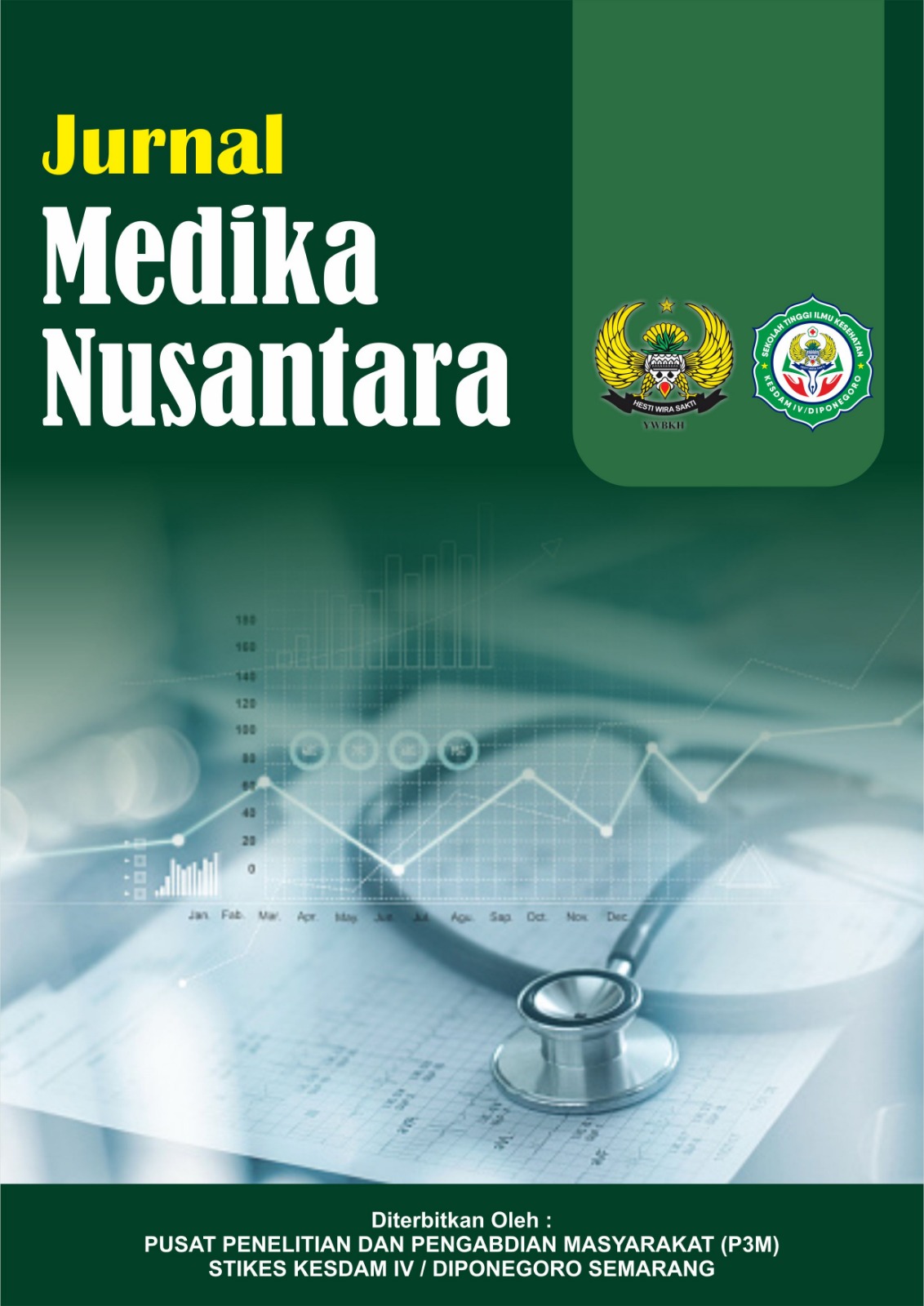Faktor Risiko dan Prevalensi Gangguan Muskuloskeletal pada Bahu di Sektor Konstruksi: Literatur Review
DOI:
https://doi.org/10.59680/medika.v3i2.1806Keywords:
Construction Workers, Ergonomics, Musculoskeletal Disorders, Risk Factors, Shoulder Pain.Abstract
Musculoskeletal disorders affecting the shoulder are a prevalent health issue in the construction sector, leading to reduced productivity and quality of life among workers. This study aims to identify risk factors and the prevalence of shoulder pain in construction workers through a systematic literature review. A literature review was conducted following PRISMA guidelines, with searches performed in five major databases: Scopus, PubMed, Taylor & Francis Online, ProQuest, and Science Direct. Out of 1,628 initially identified articles, seven studies met the inclusion criteria and were analyzed further. The findings indicate that the prevalence of shoulder pain among construction workers ranges from 18.3% to 72%, with key risk factors including non-ergonomic working postures, repetitive tasks, manual handling, high body mass index, advanced age, and psychosocial stressors. Additionally, environmental factors such as heat strain were found to contribute to the increased risk of shoulder pain. However, regular physical activity serves as a protective factor in reducing the risk of musculoskeletal disorders..
References
Al-Bouwarthan, M., Quinn, M. M., Kriebel, D., & Wegman, D. H. (2020). A Field Evaluation of Construction Workers’ Activity, Hydration Status, and Heat Strain in the Extreme Summer Heat of Saudi Arabia. Annals of Work Exposures and Health, 64(5). https://doi.org/10.1093/annweh/wxaa029
Antwi-Afari, M. F., Anwer, S., Umer, W., Mi, H. Y., Yu, Y., Moon, S., & Hossain, M. U. (2023). Machine learning-based identification and classification of physical fatigue levels: A novel method based on a wearable insole device. International Journal of Industrial Ergonomics, 93. https://doi.org/10.1016/j.ergon.2022.103404
Antwi-Afari, M. F., Li, H., Edwards, D. J., Pärn, E. A., Seo, J., & Wong, A. Y. L. (2017). Biomechanical analysis of risk factors for work-related musculoskeletal disorders during repetitive lifting task in construction workers. Automation in Construction, 83. https://doi.org/10.1016/j.autcon.2017.07.007
Baidwan, N. K., Gerberich, S. G., Kim, H., Ryan, A. D., Church, T. R., & Capistrant, B. (2018). A longitudinal study of work-related injuries: comparisons of health and work-related consequences between injured and uninjured aging United States adults. Injury Epidemiology, 5(1). https://doi.org/10.1186/s40621-018-0166-7
Björklund, M., Crenshaw, A. G., Djupsjöbacka, M., & Johansson, H. (2000). Position sense acuity is diminished following repetitive low-intensity work to fatigue in a simulated occupational setting. European Journal of Applied Physiology, 81(5). https://doi.org/10.1007/s004210050055
Borstad, J. D., Buetow, B., Deppe, E., Kyllonen, J., Liekhus, M., Cieminski, C. J., & Ludewig, P. M. (2009). A longitudinal analysis of the effects of a preventive exercise programme on the factors that predict shoulder pain in construction apprentices. Ergonomics, 52(2). https://doi.org/10.1080/00140130802376091
Boschman, J. S., Van Der Molen, H. F., Sluiter, J. K., & Frings-Dresen, M. H. (2012). Musculoskeletal disorders among construction workers: A one-year follow-up study. BMC Musculoskeletal Disorders, 13. https://doi.org/10.1186/1471-2474-13-196
Brown, E., & Choi, S. (2015). Obesity and the risk for occupational injuries: A literature review. Journal of Environmental and Occupational Science, 4(3). https://doi.org/10.5455/jeos.20150715120050
Bullo, V., Favro, F., Pavan, D., Bortoletto, A., Gobbo, S., De Palma, G., Mattioli, S., Sala, E., Cugusi, L., Di Blasio, A., Cruz-Diaz, D. C., Sales Bocalini, D., & Bergamin, M. (2024). The Role of Physical Exercise in the Prevention of Musculoskeletal Disorders in Manual Workers: A Systematic Review and Meta-Analysis. La Medicina Del Lavoro, 115(1). https://doi.org/10.23749/mdl.v115i1.15404
Choi, S. D. (2012). A study of trade-specific occupational ergonomics considerations in the U.S. construction industry. Work, 42(2). https://doi.org/10.3233/WOR-2012-1344
Deros, B. M., Daruis, D. D. I., Khamis, N. K., Mohamad, D., Daud, S. F. M., Amdan, S. M., Aziz, R. A., & Jamal, N. (2014). Prevalence of work related musculoskeletal disorders symptoms among construction workers: A case study in Malaysia. Iranian Journal of Public Health, 43.
Ekpenyong, C. E., & Inyang, U. C. (2014). Associations between worker characteristics, workplace factors, and work-related musculoskeletal disorders: A cross-sectional study of male construction workers in Nigeria. International Journal of Occupational Safety and Ergonomics, 20(3). https://doi.org/10.1080/10803548.2014.11077057
Esteban, Q. M., Villareal, J. M., Yoo, K., Magon, E. S. S., & Gumasing, M. J. J. (2020). An ergonomic design of six-wheeled trolley for transportation of a 100-kg weight load. Proceedings of the International Conference on Industrial Engineering and Operations Management, August.
Farooq, M., & Khan, A. A. (2014). Effects of shoulder rotation combined with elbow flexion ondiscomfort and EMG activity of ECRB muscle. International Journal of Industrial Ergonomics, 44(6). https://doi.org/10.1016/j.ergon.2013.10.010
Gajbhiye, M. T., Das, S., Das, C., & Banerjee, D. (2023). Pervasiveness of work-related Musculoskeletal Disorders on Indian construction workers. International Journal of Experimental Research and Review, 31. https://doi.org/10.52756/ijerr.2023.v31spl.019
Galardo, L., & Trottier, M. (2022). How supervisor, co-worker, and spousal social support influences the experience of workload and work-family conflict: results from a survey of construction workers in Québec. Construction Management and Economics, 40(4). https://doi.org/10.1080/01446193.2022.2037674
Gannoun, N., Belhaj, N., Lahsisni, M., Dhahri, O., Khedher, A., Omrane, A., Mahfoudh, A., & Khalfallah, T. (2023). AB1654 IMPACT OF WORK ORGANIZATION ON ROTATOR CUFF TENDINOPATHY. https://doi.org/10.1136/annrheumdis-2023-eular.6360








